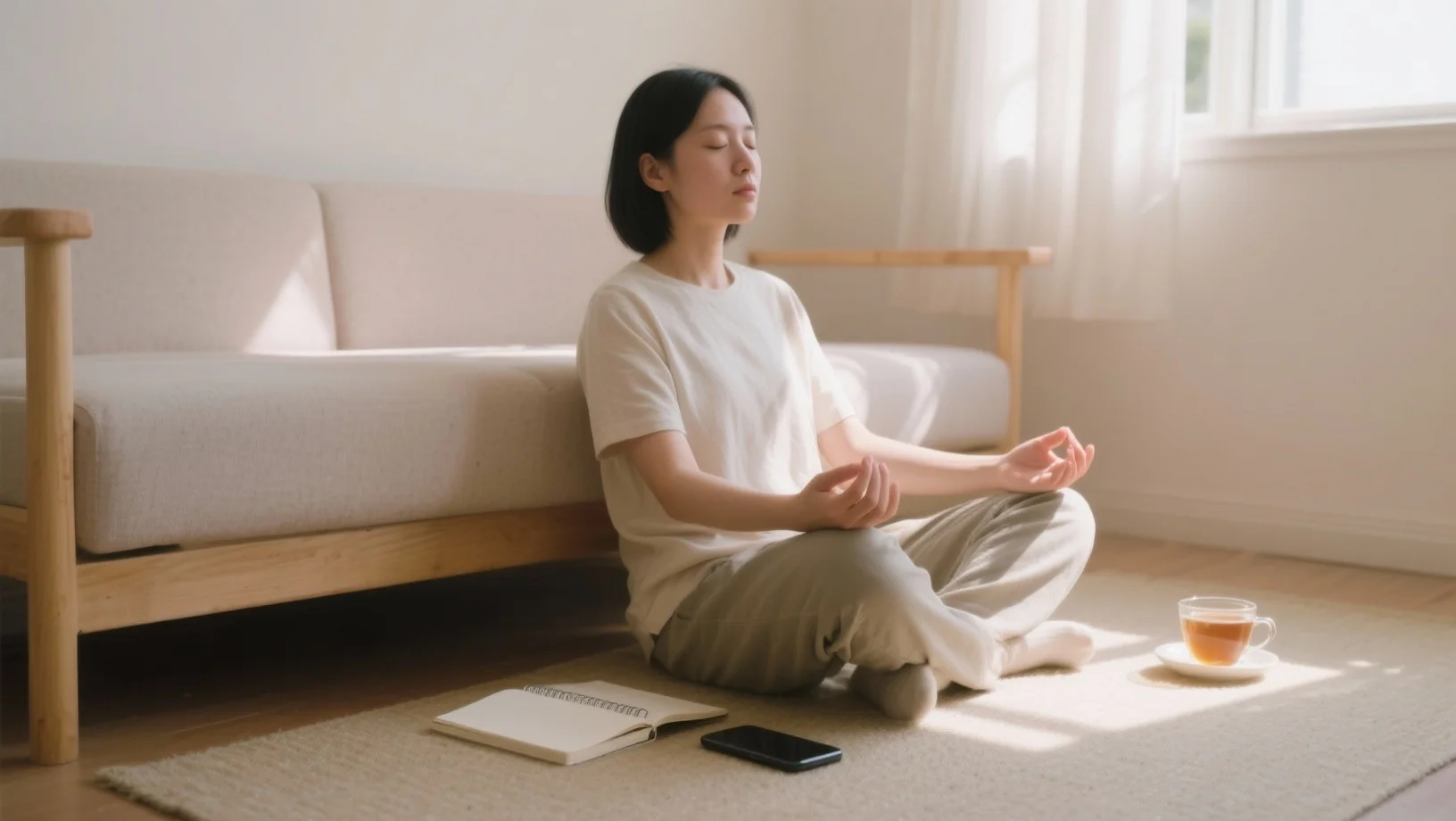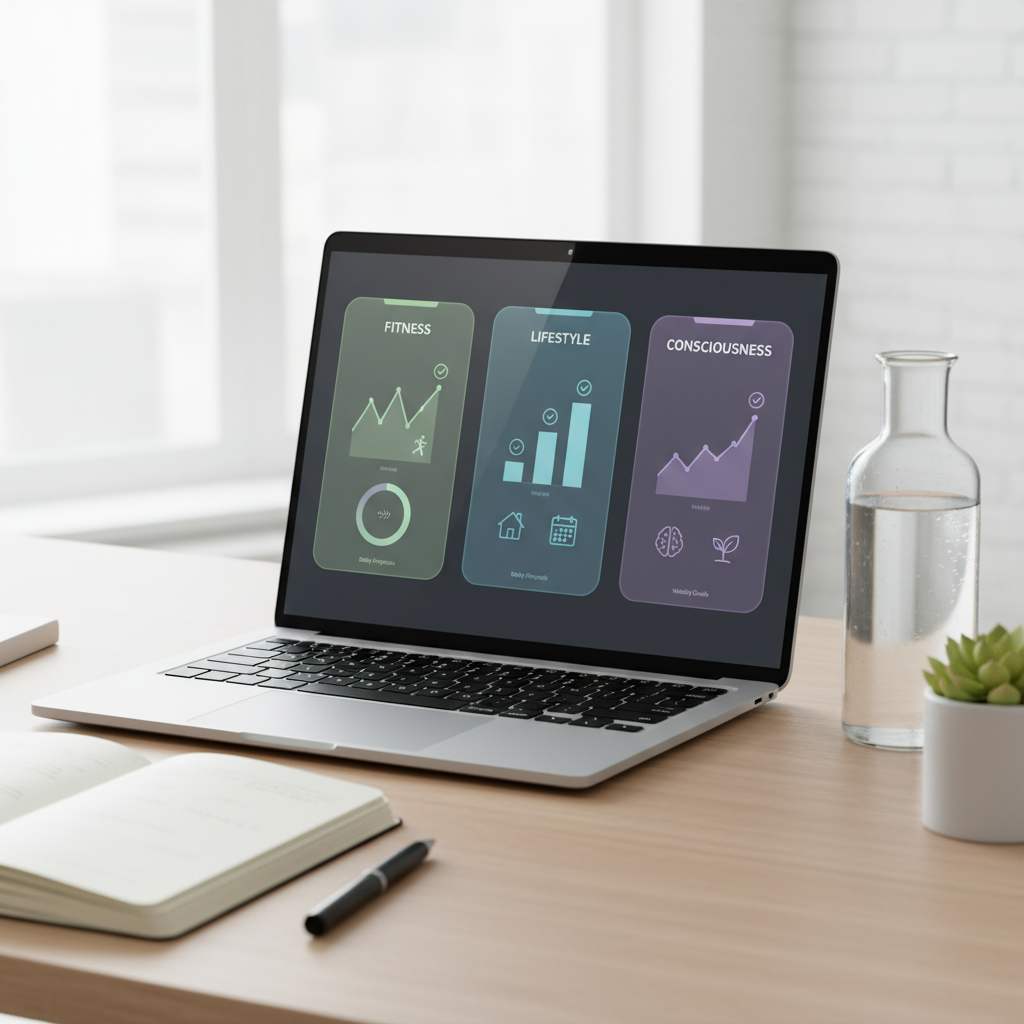A Playbook for Digital Mindfulness
Author: Bill Jamison, Certified Lifestyle Coach
There was a time I convinced myself I could “quickly” check notifications between coaching calls. You know the drill: one swipe becomes a scroll, a scroll becomes a spiral. Fifteen minutes later, I’d surface—thumb cramped, focus gone, half a latte cold.
That quick check? It just cost me my edge.
If your screen is piloting the ship, it’s time to repossess the wheel.
This playbook is rooted in the YourDay Balance Game (YDBG)—a principle-based lifestyle system that helps clients reclaim presence and build what we call True Independence: living from intention, not impulse.
The Attention Tax Is Real
Every ping is a silent invoice on your mental bandwidth.
Last Thursday, I sat across from a client—let’s call him Marcus (an anonymized composite). In one 60-minute session, his phone lit up 37 times. Every buzz pulled his eyes toward the screen like Pavlov’s dog.
When we reviewed his Say/Do Ratio—a key metric inside the Trust App that tracks how many of your commitments you actually complete—it was sitting at 28%. That number was more than data. It was a reflection: his tech habits weren’t just stealing time. They were draining trust.
💡 Research from the University of California Irvine shows it takes an average of 23 minutes to refocus after a digital interruption.
A New Lens for Screen Sanity: The Mindful-Tech Framework
At YDBG, we use the LAB Lens to simplify complex patterns into actionable behaviors:
Love. Accountability. Balance.
Here’s how it applies to tech:
- Love: Connect with yourself and those around you before reaching for your phone. Eye contact over blue light.
- Accountability: Set clear intentions for when and why you open apps. Defaulting to dopamine isn’t leadership.
- Balance: Design tech-free zones in your day—like mealtimes or the first hour after waking—to restore energy instead of draining it.
These aren’t just lofty ideals. They’re habits you can track.
Anchors That Shift Behavior
Before Marcus even reached for his phone, we installed a 90-second breath anchor:
Inhale 4. Hold 7. Exhale 8.
This breathing pattern, supported by the American Institute of Stress, activates the parasympathetic nervous system and interrupts compulsive behavior loops.
The result? Within one week, Marcus cut his unconscious pickups in half—not through willpower, but by installing a new pattern.
Treat Scroll Time Like Gym Time
Social media is engineered to be infinite.
You’re not.
So we treat scroll sessions like workout reps: booked, bounded, and intentional. I schedule two 20-minute windows per day for catch-up scrolls. That’s it. The rest of my screen time is aligned with purpose: work, connection, or recovery.
This mirrors Digital Minimalism, a philosophy coined by Cal Newport, which emphasizes intentionality over volume.
Simple Adjustments, Massive Gains
One of my favorite tech hygiene hacks?
I flipped my screen to grayscale and turned off every non-human notification.
The result:
- My daily pickups dropped from 112 to 54
- My screen felt less addictive
- My brain got quieter
A 2023 study from RescueTime found the average person checks their phone 58 times per day, mostly unconsciously.
Just imagine what happens when half of those check-ins get redirected toward real presence.
What True Independence Looks Like
Digital mindfulness isn’t about restriction. It’s about reclamation.
When your phone isn’t calling the shots, you begin living from principles, not patterns. From values, not vices.
That’s the essence of True Independence—one of the core outcomes we coach inside YDBG. It’s the freedom to choose your experience moment to moment.
Track What Actually Matters
You don’t need fancy tech to reclaim your presence. Just a pen and some honesty.
Try this daily practice:
At the end of each day, record two numbers:
- Present Minutes (phone down, eyes up, fully here)
- Screen Minutes (mindless scrolling, reflex checking, zoning out)
When Marcus started tracking this, his ratio got closer to 1:1—and everything shifted. He slept better. Focused more. And for the first time in weeks, he remembered what his partner said at dinner.
That’s mindfulness in real life—not a monk’s retreat. Just a man who chose to show up.
Your Turn
Here’s your challenge:
Pick one tweak from this list. Try it for 7 days.
- The 90-second breath before unlocking your phone
- Scheduling scroll sessions like gym reps
- Turning your screen grayscale
- Tracking Present vs. Screen Minutes in your journal
Then share your progress—or your Say/Do Ratio jump—with your coach or community.
Because your attention is the currency of your life.
And you deserve to spend it on what truly matters.
Want to go deeper?
Explore the Trust App—a behavior tracking tool designed to support emotional fitness, daily habit accountability, and the measurable journey toward True Independence.







